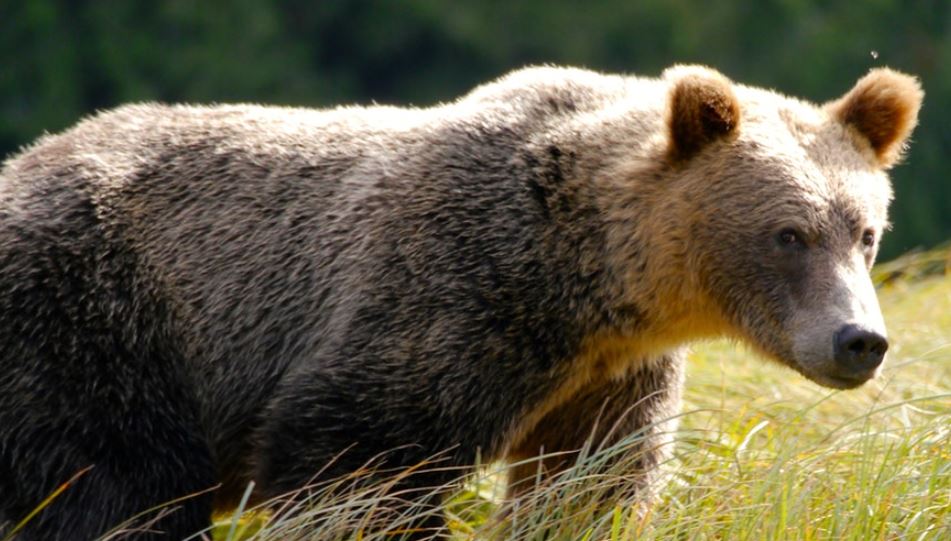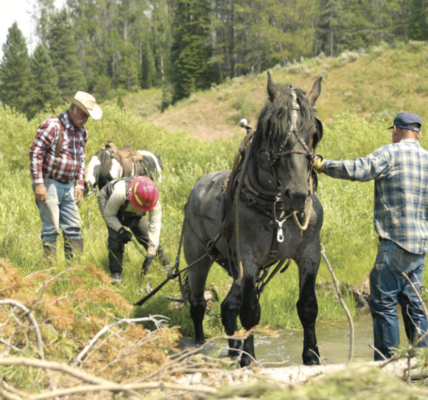
By Nicole Pollack
Casper Star-Tribune
Via- Wyoming News Exchange
CASPER — A legal standoff over grizzly bear killings in Bridger-Teton National Forest will continue as conservation groups challenge a recent court ruling that sided with federal officials and local ranchers.
The bears’ advocates initially sued the U.S. Fish and Wildlife Service, the U.S. Forest Service and the former Secretary of the Interior in March 2020 over an interagency decision that would allow officials to euthanize up to 72 grizzlies in the Upper Green River over the next 10 years to prevent harm to livestock.
U.S. District Judge Nancy Freudenthal of Wyoming dismissed the lawsuit in May after finding that the plan did not violate the Endangered Species Act, as the conservation groups argued. Western Watersheds Project, Alliance for the Wild Rockies and Yellowstone to Uintas Connection appealed the dismissal on Friday.
The Fish and Wildlife Service and the Forest Service declined to comment on the appeal.
Jonathan Ratner, Wyoming director for Western Watersheds Project, said the Upper Green River is “the bullseye for grizzly killing to protect private livestock.”
Many Wyoming ranchers, politicians and wildlife officials consider grizzly bears to be fully recovered and want them removed from the endangered species list and returned to state control. Conservation groups believe that the bears still face far too many perils, human and otherwise, to have their federal protections lifted.
At stake, from the ranchers’ point of view, is the ability to protect their herds from a relentless, multiplying predator. But conservation groups say the iconic Yellowstone species’ long-term survival is on the line.
“The idea that we need to be killing endangered species to protect cattle is mind-boggling,” Ratner said.
An estimated 727 grizzlies live in the Greater Yellowstone Ecosystem, according to the Interagency Grizzly Bear Study Team.
Seventy-two grizzly deaths in a decade, Ratner said, would be a huge loss for the rest of the population — especially if many of the bears that die are female.
“This is about 10% of that total,” Ratner said. “Which is quite significant for a species that has very low reproduction rates, and very limited capability to reproduce.”
But local ranchers say they’d struggle to stay in business without the state’s removal of problem grizzlies or its livestock compensation program. Officials killed roughly three dozen grizzlies in the Upper Green River between 2010 and 2018. As grizzlies continue to roam farther from park boundaries, the rate of conflicts could increase.
“I lose, on average, 10% of my calf crop every year to grizzly bears,” said Coke Landers, president of the Upper Green River Cattle Association, a ranching group involved in the case. “You take too many years of that and you can’t afford it.”
The conservation groups want ranchers to adopt mitigation strategies to protect their animals and spare bears’ lives, like having someone out herding livestock at all times and raising calves outside of grizzly country. Landers thinks those sorts of measures would take more work, raise costs and do little to fix the problem.
Sometimes, after a grizzly discovers the easy pickings available on ranchlands, it will keep coming back for more, he said. “When you can take that one out of the population, it’s a benefit to us that he’s no longer targeting livestock.”




